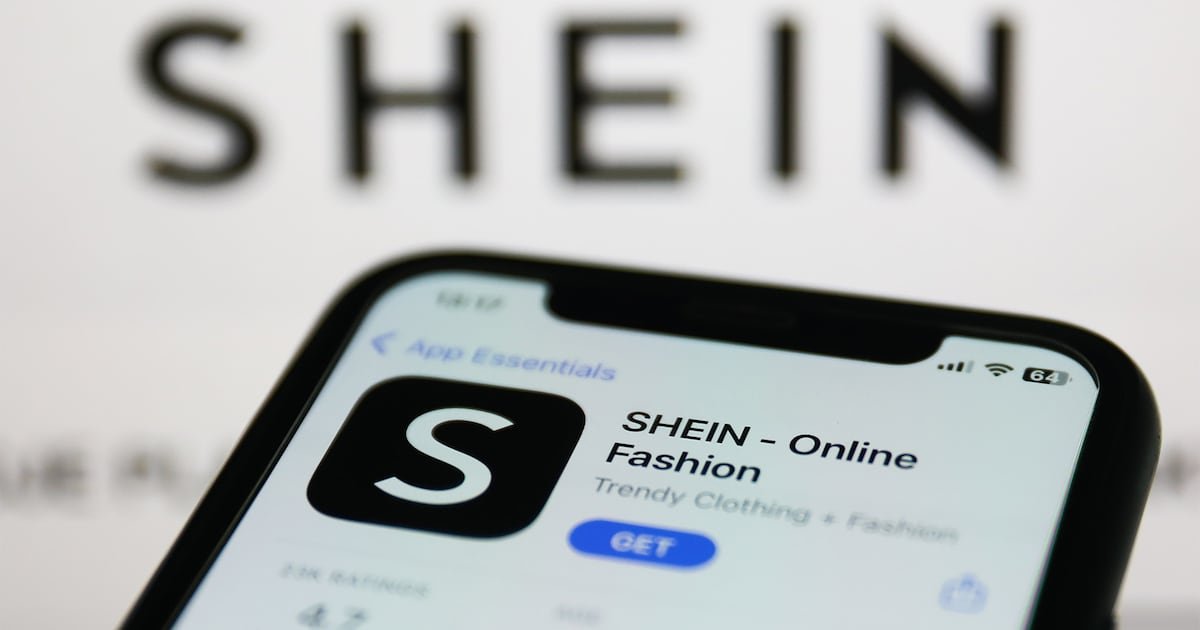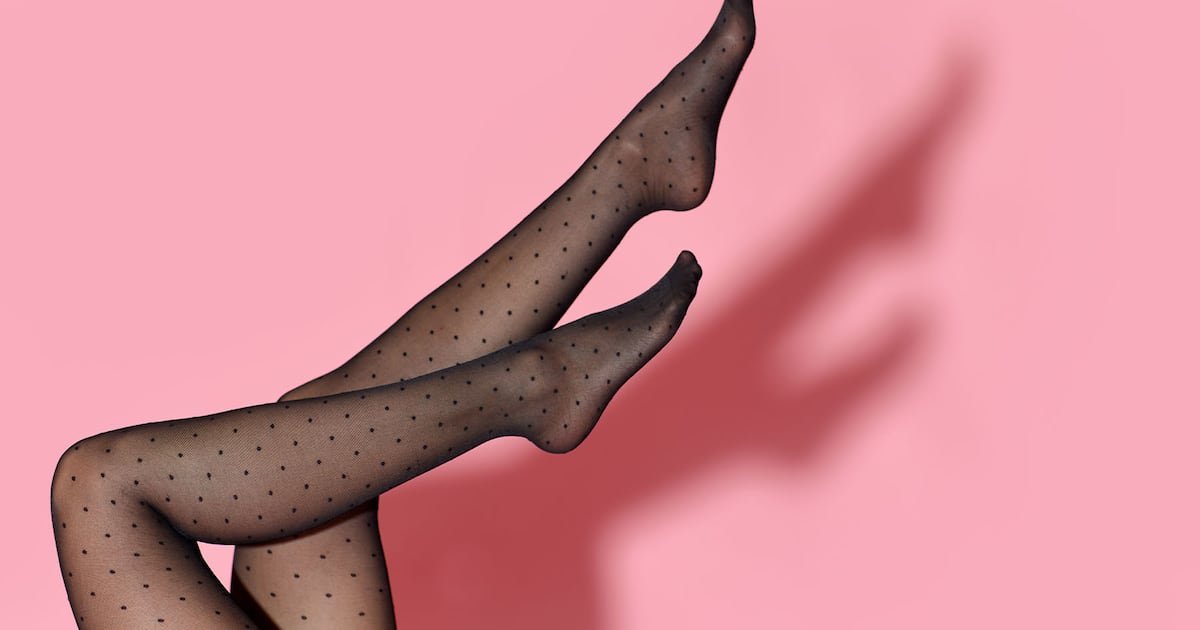 Opens in new window
Opens in new windowLONDON, United Kingdom — According to BoF’s survey of industry professionals, 79 percent of men and 71 percent of women believe their companies are non-discriminatory during the recruitment process when it comes to race, gender, sexual orientation and disability. This confidence is misplaced.
In our second exclusive white paper, Addressing Fashion’s Workplace Gender Gap, BoF Careers provides HR professionals and business leaders with insight into fair recruitment and promotion processes, workplace discrimination and creating a clearer path to a gender-diverse senior leadership, with input from the CFDA’s Chief Administrative and Financial Officer CaSandra Diggs, mixed-media artist Alok Vaid-Menon, Kering’s Sustainability Programme Director Géraldine Vallejo, and the founder of the eponymous executive search firm, Floriane de Saint Pierre.
“Unconscious bias impacts every decision we make, especially HR practices like hiring and promotion, preventing effective change from taking place,” says Géraldine Vallejo. Indeed, while fashion employers may not be intentionally exclusionary, their failure to reform HR practices perpetuates hidden discrimination and the status quo. Less than a quarter of respondents stated that they had been sufficiently trained to mitigate their own unconscious bias in the workplace.
BoF Careers is in a unique position to provide fashion employers with constructive guidance and industry-specific advice on the HR issues that will define future market performance, analysing proprietary data from our global community of diverse industry professionals and sharing unique access to global expertise and industry leaders.
[ Click here to download Addressing Fashion’s Workplace Gender Gap.Opens in new window ]
Related Articles
[ BoF Careers White Paper: The Truth About Gen-Z and Millennial Fashion EmployeesOpens in new window ]
[ Fashion’s Gender Pay Gap Isn’t Getting Any SmallerOpens in new window ]
[ Fashion Has a Diversity Problem on the Business Side, TooOpens in new window ]



